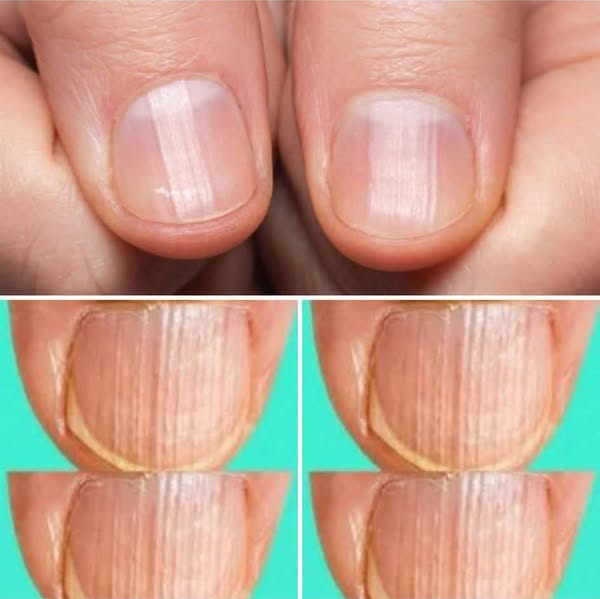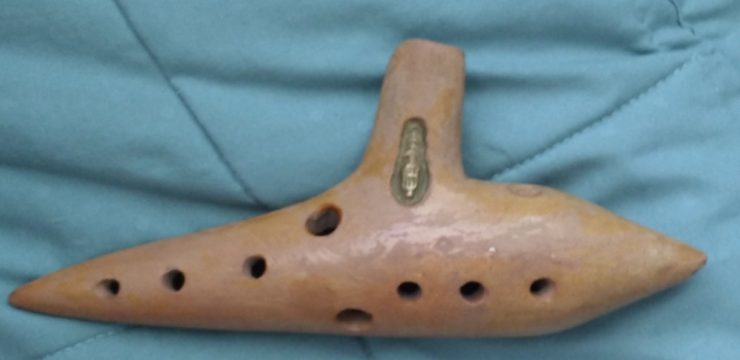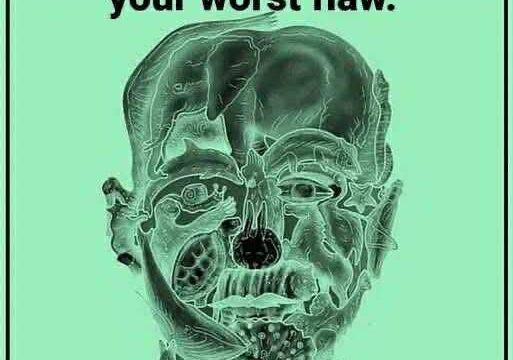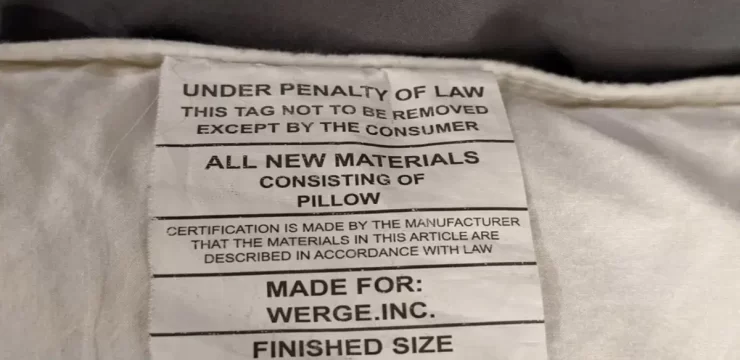Most people don’t think twice about the condition of their nails, but they can reveal a lot more about your health than you might realize. Sure, a fresh manicure can cover up ridges, ripples, or bumps with a coat of shiny polish, but that won’t fix what might be happening inside your body. In fact, nail health is often a window into what’s going on internally. Changes in your nails can sometimes be your body’s early warning system, pointing to potential problems with your liver, lungs, heart, or other organs. While some irregularities are nothing more than a natural part of aging, others can be red flags for more serious health conditions that shouldn’t be ignored.

According to the National Library of Medicine (NCBI), certain changes in the texture or appearance of your nails—such as ridges or stripes—can be harmless, but they can also provide insight into more serious underlying health issues. The key is knowing how to tell the difference and understanding when it might be time to seek professional medical advice. If you’ve ever noticed lines or grooves on your nails and wondered what they mean, you’re not alone. In this guide, we’ll explore different types of nail stripes, what they might be telling you about your health, and when you should consider checking in with a doctor.
First, let’s talk about vertical stripes on the nails, also known as longitudinal striations. These are pretty common and usually run from the base of your nail at the cuticle to the tip. Most of the time, vertical ridges are just a normal sign of aging. As we get older, our nails can start to develop more noticeable lines or textures, and this is typically nothing to worry about. However, in some cases, vertical ridges could signal a nutritional deficiency. Low levels of vitamin B12, magnesium, or iron can cause these lines to form. If you’ve noticed sudden changes or if the ridges have become more prominent without an obvious reason, it may be wise to have your iron levels or thyroid checked by your healthcare provider.
Horizontal stripes, on the other hand, can be more concerning. Known as Beau’s lines, these deep horizontal grooves run across the nail and are often the result of a temporary interruption in nail growth. These interruptions usually occur when your body is under significant physical stress, whether from a severe illness or trauma. Some of the most common health issues associated with Beau’s lines include malnutrition, uncontrolled diabetes, heart attacks, and respiratory diseases. According to the NCBI, if these grooves develop suddenly, it can be an indication of a sudden attack of disease. Even more concerning, when Beau’s lines appear on all twenty nails at the same time, they can be a sign of a serious systemic illness such as pneumonia, mumps, coronary thrombosis, Kawasaki disease, syphilis, or hypoparathyroidism. If you see these changes in multiple nails, it’s important to talk to your doctor right away.
Another type of nail marking to watch out for is white stripes. These are called Muehrcke’s lines and are typically white, parallel horizontal lines that don’t create any physical indentation on the nail’s surface. What makes these lines particularly noteworthy is that they tend to fade when you press on the nail. Muehrcke’s lines are often linked to issues with the liver or kidneys and are commonly seen in people with low levels of blood proteins like albumin. They can be a sign of malnutrition or chronic liver disease. If you notice these white stripes across multiple nails, it’s a good idea to consult a healthcare professional for further evaluation.
The good news is that for most people, minor ripples or ridges in the nails are completely normal and often related to aging or minor dietary deficiencies. Dr. Sara Norris, a naturopathic doctor based in Los Angeles, tells Healthline that nail health is usually an indicator of nutritional intake or digestion. She explains that brittle, weak, or peeling nails are some of the most common concerns she sees in her practice, and these issues are often tied to a poor diet rather than a serious systemic disease. To promote healthier nails, it’s important to eat a balanced diet rich in protein, vitamins, and minerals. Nutrients like biotin, vitamin E, iron, and zinc are especially important when it comes to supporting nail health.
In the end, your nails are more than just a canvas for polish or decoration. They can offer valuable clues about your overall health. While many nail changes are harmless, some are worth paying attention to because they can serve as early indicators of more serious health conditions. If you notice sudden or unusual changes in your nails—like prominent ridges, discoloration, or lines across multiple nails—it’s always a good idea to seek medical advice. Taking care of your nails isn’t just about appearance; it’s also about taking care of your health from the inside out. So, the next time you glance at your nails, take a moment to listen to what they might be trying to tell you.





